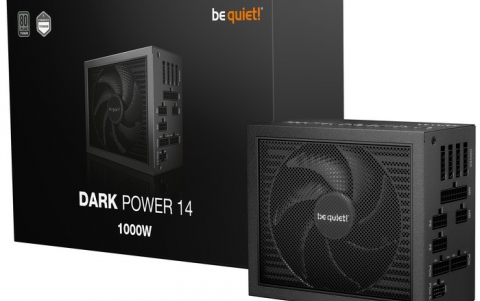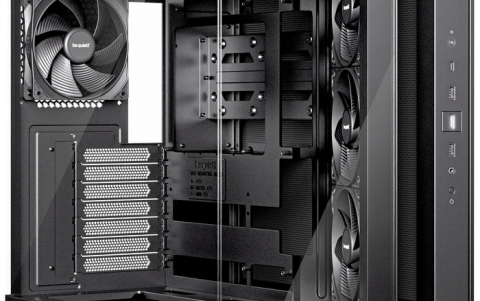OCZ PC2-7200EPP
4. Science Mark - SuperPi
Review Pages
2. Testbed
3. SiSOFT Sandra - RightMark
4. Science Mark - SuperPi
5. Comparison
6. Conclusion
Science Mark 2.0 is an attempt to put the truth behind benchmarking. In an attempt to model real world demands and performance, SM2 is a suite of high-performance benchmarks that realistically stress system performance without architectural bias. Science Mark 2.0 is comprised of 7 benchmarks, each of which measures a different aspect of real world system performance.

ScienceMark2 is a benchmark utility that is heavily influenced by memory performance. We can see the significant jump in performance when going from DDR2 667MHz to DDR2 889 for example.
 SuperPI has become an utility to benchmark modern systems. In August 1995, the calculation of pi up to 4,294,960,000 decimal digits was succeeded by using a supercomputer at the University of Tokyo. The program was written by D.Takahashi and he collaborated with Dr. Y.Kanada at the computer center, the University of Tokyo. This record-breaking program was ported to personal computer environment such as Windows NT and Windows 95 and called Super PI.
SuperPI has become an utility to benchmark modern systems. In August 1995, the calculation of pi up to 4,294,960,000 decimal digits was succeeded by using a supercomputer at the University of Tokyo. The program was written by D.Takahashi and he collaborated with Dr. Y.Kanada at the computer center, the University of Tokyo. This record-breaking program was ported to personal computer environment such as Windows NT and Windows 95 and called Super PI.
The software offers up to 32M calculations of PI numbers, for all memory settings we tested only the 2M calculations.

Overclocking our memory up to 1128MHz, resulted in a 6 seconds saving in the SuperPI 2M calculations compared with the DDR2 533 memory setting.
![]() PCMark®05 is everything you need to reliably and easily measure the performance of your PC and determine its strengths and weaknesses. With PCMark05, you will be able to select the optimal upgrades for your existing PC, or choose the right new PC that fits your specific needs. This easy-to-use product gives you the same tools and knowledge that virtually every professional tester in the industry uses. Below you can see the score from memory subtest.
PCMark®05 is everything you need to reliably and easily measure the performance of your PC and determine its strengths and weaknesses. With PCMark05, you will be able to select the optimal upgrades for your existing PC, or choose the right new PC that fits your specific needs. This easy-to-use product gives you the same tools and knowledge that virtually every professional tester in the industry uses. Below you can see the score from memory subtest.

PC Mark 05 provides several memory tests. The overall score at DDR2 1067MHz is very good.
Review Pages
2. Testbed
3. SiSOFT Sandra - RightMark
4. Science Mark - SuperPi
5. Comparison
6. Conclusion





















